Home>Furniture & Design>Bathroom Accessories>How To Set Up An Exhaust Fan In A Grow Tent
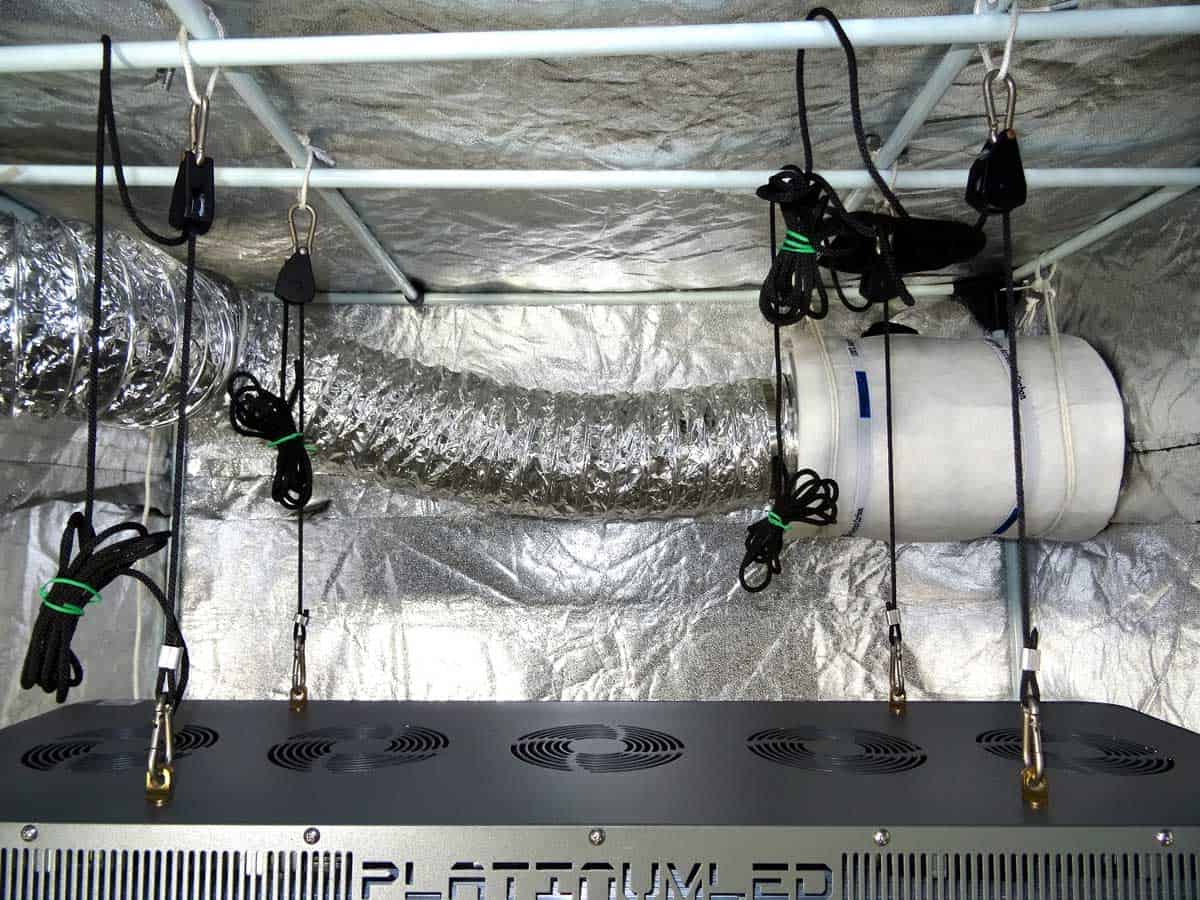

Bathroom Accessories
How To Set Up An Exhaust Fan In A Grow Tent
Published: February 10, 2024
Learn how to properly set up an exhaust fan in your grow tent with our expert guide. Find the best bathroom accessories for ventilation and odor control.
(Many of the links in this article redirect to a specific reviewed product. Your purchase of these products through affiliate links helps to generate commission for Storables.com, at no extra cost. Learn more)
Introduction
Setting up an exhaust fan in a grow tent is crucial for maintaining optimal growing conditions for plants. Proper ventilation is essential for regulating temperature, humidity, and air circulation, creating an environment conducive to healthy plant growth. Whether you are a seasoned horticulturist or a novice enthusiast, understanding the process of installing an exhaust fan is fundamental to the success of your indoor gardening endeavors.
In this comprehensive guide, we will walk you through the step-by-step process of setting up an exhaust fan in your grow tent. From choosing the right exhaust fan to testing its functionality, each stage is vital in ensuring that your plants receive the ideal growing environment. By following these instructions, you can effectively manage the air quality within your grow tent, promoting robust plant development and maximizing your harvest yield.
A well-ventilated grow tent not only regulates temperature and humidity but also helps prevent the buildup of excess moisture, which can lead to mold and mildew. Additionally, proper air circulation aids in the distribution of carbon dioxide, essential for photosynthesis, and the removal of stale air, preventing the accumulation of harmful gases. By implementing an exhaust fan, you can create a controlled microclimate that mimics the natural outdoor environment, fostering optimal conditions for plant growth.
As we delve into the intricacies of setting up an exhaust fan in a grow tent, it's important to consider the specific requirements of your plants. Different plant species may have varying needs in terms of air circulation and environmental factors. Therefore, customizing the ventilation system to suit the unique demands of your plants is paramount for achieving successful cultivation.
With the right knowledge and equipment, you can establish a well-ventilated and conducive growing environment within your grow tent. Let's embark on this journey to optimize your indoor gardening space and empower you to cultivate thriving and flourishing plants.
Key Takeaways:
- Choosing the right exhaust fan is crucial for creating a healthy indoor garden. Consider factors like tent size, airflow needs, noise level, and energy efficiency to ensure optimal plant growth.
- Proper placement, installation, and testing of the exhaust fan are essential for maintaining a balanced and thriving indoor gardening space. By following these steps, you can create an ideal environment for your plants to flourish.
Read also: 12 Best Grow Tent Fan for 2024
Step 1: Choose the Right Exhaust Fan
Selecting the appropriate exhaust fan is the foundational step in establishing an effective ventilation system for your grow tent. When choosing an exhaust fan, several factors must be considered to ensure optimal performance and compatibility with your specific growing environment.
Consider the Size of Your Grow Tent
The size of your grow tent plays a pivotal role in determining the capacity of the exhaust fan needed. Larger grow tents require fans with higher airflow capacity to effectively circulate air and maintain suitable environmental conditions. Conversely, smaller grow tents may suffice with a fan of lower capacity. It is essential to accurately measure the dimensions of your grow tent to determine the appropriate fan size for efficient air exchange.
Evaluate Airflow Requirements
Understanding the airflow requirements of your plants is crucial in selecting the right exhaust fan. Different plant species have varying needs in terms of air circulation and ventilation. Some plants may thrive in environments with higher air movement, while others may require more gentle airflow. By assessing the airflow needs of your plants, you can choose an exhaust fan that aligns with these specific requirements, promoting optimal growing conditions.
Noise Level
The noise generated by an exhaust fan can significantly impact the overall ambiance of your indoor gardening space. When choosing a fan, consider the noise level it produces during operation. Opt for a fan that operates quietly, especially if your grow tent is located in a residential area or if noise sensitivity is a concern. Selecting a quiet exhaust fan ensures a peaceful and undisturbed growing environment while effectively managing air circulation.
Read more: How To Wire Up A Bathroom Exhaust Fan
Energy Efficiency
Incorporating an energy-efficient exhaust fan not only reduces operational costs but also minimizes environmental impact. Look for fans with high energy efficiency ratings to lower electricity consumption without compromising performance. Energy-efficient exhaust fans are designed to operate optimally while conserving energy, making them a sustainable choice for maintaining ventilation in your grow tent.
Additional Features
Consider additional features such as adjustable speed settings, built-in timers, and compatibility with carbon filters. These features can enhance the functionality and versatility of the exhaust fan, allowing you to customize airflow control and integrate filtration systems for improved air quality within your grow tent.
By carefully evaluating these factors, you can make an informed decision when choosing the right exhaust fan for your grow tent. Selecting a fan that aligns with the specific requirements of your indoor gardening space and plant species sets the stage for an effective ventilation system, laying the groundwork for successful plant cultivation.
Step 2: Determine the Placement of the Exhaust Fan
The strategic placement of the exhaust fan within your grow tent is critical for optimizing air circulation and maintaining an ideal growing environment for your plants. Careful consideration of the placement ensures that the fan effectively removes stale air, regulates temperature, and promotes the distribution of fresh air throughout the space.
Assess Airflow Patterns
Before determining the placement of the exhaust fan, it is essential to assess the natural airflow patterns within your grow tent. Identify areas where air tends to stagnate or accumulate, as well as regions with limited air movement. Understanding these airflow dynamics enables you to strategically position the exhaust fan to target these areas, facilitating improved air circulation and preventing the formation of stagnant pockets within the tent.
Read more: What Is An Exhaust Fan
Consider Heat Distribution
Incorporating the exhaust fan in a location that effectively disperses heat generated by grow lights and other equipment is crucial. Heat distribution within the grow tent can impact plant health and overall environmental conditions. By situating the exhaust fan near heat sources or areas prone to temperature buildup, you can efficiently expel excess heat, preventing localized hotspots and maintaining a balanced thermal environment conducive to plant growth.
Optimize Air Exchange
Strive to position the exhaust fan to maximize air exchange within the grow tent. Placing the fan in a central location or near areas of high plant density promotes uniform air circulation, ensuring that all plants receive adequate ventilation. Additionally, positioning the fan at a suitable height, considering the vertical distribution of heat and air, contributes to efficient air exchange and temperature regulation throughout the entire growing space.
Minimize Obstructions
When determining the placement of the exhaust fan, prioritize locations that minimize obstructions to airflow. Avoid positioning the fan near obstacles or densely packed plant canopies, as these can impede the smooth flow of air. By selecting a clear and unobstructed placement, you allow the exhaust fan to effectively draw in fresh air and expel stale air, optimizing the ventilation process within the grow tent.
Adapt to Plant Growth
Anticipate the growth and development of your plants when deciding on the placement of the exhaust fan. As plants mature and expand, their impact on airflow patterns and environmental conditions within the grow tent may change. Flexibility in the placement of the exhaust fan allows for adjustments to accommodate the evolving needs of the growing plants, ensuring continuous and effective air circulation throughout the various stages of plant development.
By meticulously considering these factors, you can strategically determine the placement of the exhaust fan within your grow tent, optimizing air circulation and ventilation to create an ideal environment for plant growth. The thoughtful positioning of the exhaust fan sets the stage for the successful establishment of a well-ventilated and thriving indoor gardening space.
Read more: How To Size An Exhaust Fan
Step 3: Install the Exhaust Fan
Installing the exhaust fan is a pivotal stage in establishing an efficient ventilation system within your grow tent. Proper installation ensures that the fan functions optimally, effectively expelling stale air and regulating air circulation to create an ideal environment for plant growth.
Gather the Necessary Tools and Equipment
Before commencing the installation process, gather the essential tools and equipment required for mounting the exhaust fan. You will typically need a screwdriver, mounting brackets or hardware, electrical tape, and any additional components specific to the fan model. Ensuring that you have all the necessary tools at hand streamlines the installation process and minimizes interruptions.
Position the Exhaust Fan Securely
Carefully position the exhaust fan in the predetermined location within the grow tent, aligning it to optimize air circulation and airflow patterns. Secure the fan in place using the provided mounting brackets or hardware, ensuring that it is firmly anchored to maintain stability during operation. Properly securing the exhaust fan prevents unnecessary movement and vibration, contributing to a quieter and more stable ventilation system.
Connect the Electrical Wiring
Once the exhaust fan is securely positioned, proceed to connect the electrical wiring according to the manufacturer's instructions. Safely wire the fan to a suitable power source, ensuring that all connections are secure and insulated with electrical tape to prevent any potential hazards. If you are uncertain about electrical wiring, it is advisable to seek assistance from a qualified electrician to ensure the installation is conducted safely and in compliance with electrical regulations.
Read more: How To Install An Exhaust Fan
Integrate Speed and Control Features
If your exhaust fan includes adjustable speed settings or control features, take this opportunity to integrate and configure these functionalities. Adjusting the fan speed allows you to customize airflow and ventilation based on the specific requirements of your plants and the environmental conditions within the grow tent. Additionally, setting up control features such as timers or remote operation enhances the versatility and convenience of managing the exhaust fan.
Test the Functionality
After completing the installation and electrical connections, it is crucial to test the functionality of the exhaust fan. Switch on the fan and observe its operation to ensure that it is effectively expelling air and promoting air circulation within the grow tent. Verify that the fan operates smoothly and quietly, without any unusual vibrations or noises. Testing the functionality of the exhaust fan validates the successful installation and prepares the ventilation system for ongoing operation.
By following these installation steps meticulously, you can effectively install the exhaust fan in your grow tent, establishing a robust ventilation system that optimizes air circulation and creates an ideal environment for plant growth. The proper installation of the exhaust fan sets the stage for maintaining a well-ventilated and conducive indoor gardening space, supporting the health and vitality of your plants.
Step 4: Connect the Exhaust Fan to a Ventilation System
Connecting the exhaust fan to a ventilation system is a crucial step in ensuring the seamless operation of the entire air circulation infrastructure within your grow tent. By integrating the exhaust fan with a well-designed ventilation system, you can effectively expel stale air, introduce fresh air, and maintain optimal environmental conditions for plant growth.
Assess Ventilation Duct Requirements
Before connecting the exhaust fan to the ventilation system, assess the specific ducting requirements based on the fan's capacity and the layout of your grow tent. Select ducting materials that are durable, heat-resistant, and compatible with the airflow capacity of the exhaust fan. Additionally, consider the length and configuration of the ducting to optimize airflow efficiency and minimize resistance within the ventilation system.
Read also: 10 Amazing Tent Fan for 2024
Position and Secure Ventilation Ducts
Carefully position and secure the ventilation ducts to facilitate the smooth flow of air from the exhaust fan to the exterior of the grow tent. Ensure that the ducts are free from kinks or obstructions that may impede airflow. Secure the ducting in place using appropriate fasteners or clamps, maintaining airtight connections to prevent air leaks and maximize the effectiveness of the ventilation system.
Integrate Carbon Filters or Air Purification Systems
If air filtration is a priority in your indoor gardening space, consider integrating carbon filters or air purification systems into the ventilation ducts. These filtration components help remove odors, airborne contaminants, and impurities from the air, contributing to improved air quality within the grow tent. By incorporating filtration systems, you can create a cleaner and healthier environment for your plants while effectively managing air circulation.
Optimize Airflow Direction and Distribution
Strive to optimize the direction and distribution of airflow within the ventilation system. Position the ventilation ducts to facilitate the efficient expulsion of stale air from the grow tent while promoting the intake of fresh air from external sources. Consider the natural airflow patterns and environmental conditions to strategically direct airflow, ensuring that the ventilation system effectively regulates temperature, humidity, and air quality within the grow tent.
Test the Integrated Ventilation System
Upon connecting the exhaust fan to the ventilation system, conduct thorough testing to verify the seamless integration and functionality of the entire air circulation infrastructure. Switch on the exhaust fan and observe the airflow patterns, ensuring that the ventilation system effectively expels stale air and introduces fresh air into the grow tent. Test the responsiveness of any integrated control features or filtration systems to validate their proper operation within the ventilation setup.
By meticulously connecting the exhaust fan to a well-designed ventilation system, you can establish a comprehensive air circulation infrastructure that optimizes environmental conditions within your grow tent. The seamless integration of the exhaust fan with the ventilation system sets the stage for maintaining a well-ventilated and conducive indoor gardening space, supporting the health and vitality of your plants.
Read more: How To Calculate CFM Of An Exhaust Fan
Step 5: Test the Exhaust Fan
Testing the functionality of the exhaust fan is a critical phase in the setup process, ensuring that the ventilation system operates effectively to maintain optimal air circulation within the grow tent. By conducting thorough testing, you can verify the performance of the exhaust fan and address any potential issues before they impact the growing environment.
Switch On the Exhaust Fan
Initiate the testing process by switching on the exhaust fan and observing its operation. As the fan begins to function, pay attention to the airflow patterns within the grow tent. Verify that the fan expels stale air efficiently, promoting the circulation of fresh air throughout the space. Additionally, assess the noise level produced by the fan, ensuring that it operates quietly to maintain a peaceful growing environment.
Monitor Air Circulation
Observe the distribution of air within the grow tent to ensure that the exhaust fan effectively regulates temperature and humidity. Assess the uniformity of air circulation, particularly in areas with dense plant growth, to confirm that all plants receive adequate ventilation. Monitoring air circulation during the testing phase provides valuable insights into the fan's impact on the overall environmental conditions within the grow tent.
Evaluate Temperature and Humidity
Measure the temperature and humidity levels within the grow tent before and after activating the exhaust fan. Verify that the fan contributes to maintaining the desired environmental parameters, preventing temperature spikes and excessive humidity. By evaluating the impact of the exhaust fan on temperature and humidity, you can ascertain its effectiveness in creating a stable and conducive growing environment for your plants.
Read more: How To Choose A Bathroom Exhaust Fan
Assess Control Features
If the exhaust fan includes adjustable speed settings or control features, test these functionalities to gauge their impact on airflow and ventilation. Experiment with different speed settings to customize airflow based on the specific requirements of your plants and the prevailing environmental conditions. Additionally, if the fan is equipped with timers or remote control capabilities, verify their seamless operation during the testing phase.
Validate Overall Performance
Conduct a comprehensive assessment of the exhaust fan's overall performance, taking into account its ability to maintain consistent air circulation and regulate environmental conditions. Verify that the fan operates smoothly without any irregular vibrations or malfunctions. By validating the overall performance of the exhaust fan, you can instill confidence in its capability to sustain a well-ventilated and conducive indoor gardening space.
By meticulously testing the exhaust fan, you can ensure that it functions optimally to create an ideal growing environment within your grow tent. Thorough testing validates the effectiveness of the ventilation system, providing assurance that your plants will thrive in a well-regulated and well-ventilated space.
Conclusion
In conclusion, the successful setup of an exhaust fan in a grow tent is a pivotal aspect of creating an optimal indoor growing environment. By following the comprehensive steps outlined in this guide, you can establish a robust ventilation system that regulates air circulation, temperature, and humidity, fostering the ideal conditions for plant growth.
Choosing the right exhaust fan sets the foundation for effective ventilation, considering factors such as grow tent size, airflow requirements, noise level, and energy efficiency. This careful selection ensures that the fan aligns with the specific needs of your plants, promoting a conducive growing environment while minimizing operational costs and environmental impact.
Strategically determining the placement of the exhaust fan within the grow tent is essential for optimizing air circulation and heat distribution. By assessing airflow patterns, minimizing obstructions, and adapting to plant growth, you can position the fan to facilitate uniform air exchange and maintain a balanced thermal environment conducive to plant health.
The proper installation of the exhaust fan, including secure positioning, electrical wiring, and integration of speed and control features, ensures that the fan functions optimally within the grow tent. Thorough testing of the fan's functionality validates its successful installation, preparing the ventilation system for ongoing operation.
Connecting the exhaust fan to a well-designed ventilation system further enhances the efficiency of air circulation within the grow tent. By assessing ducting requirements, integrating filtration systems, and optimizing airflow direction, you can establish a comprehensive ventilation infrastructure that promotes air quality and environmental stability.
Thoroughly testing the exhaust fan validates its performance in maintaining optimal air circulation, temperature, and humidity within the grow tent. By monitoring airflow patterns, evaluating environmental parameters, and assessing control features, you can ensure that the ventilation system operates effectively to support the health and vitality of your plants.
In essence, the meticulous setup of an exhaust fan in a grow tent is a fundamental component of successful indoor gardening. By prioritizing proper ventilation, you can create an environment that nurtures robust plant growth, maximizes harvest yields, and cultivates a thriving indoor garden space. With the knowledge and insights gained from this guide, you are well-equipped to embark on your journey to optimize your indoor growing environment and cultivate flourishing plants.
Frequently Asked Questions about How To Set Up An Exhaust Fan In A Grow Tent
Was this page helpful?
At Storables.com, we guarantee accurate and reliable information. Our content, validated by Expert Board Contributors, is crafted following stringent Editorial Policies. We're committed to providing you with well-researched, expert-backed insights for all your informational needs.
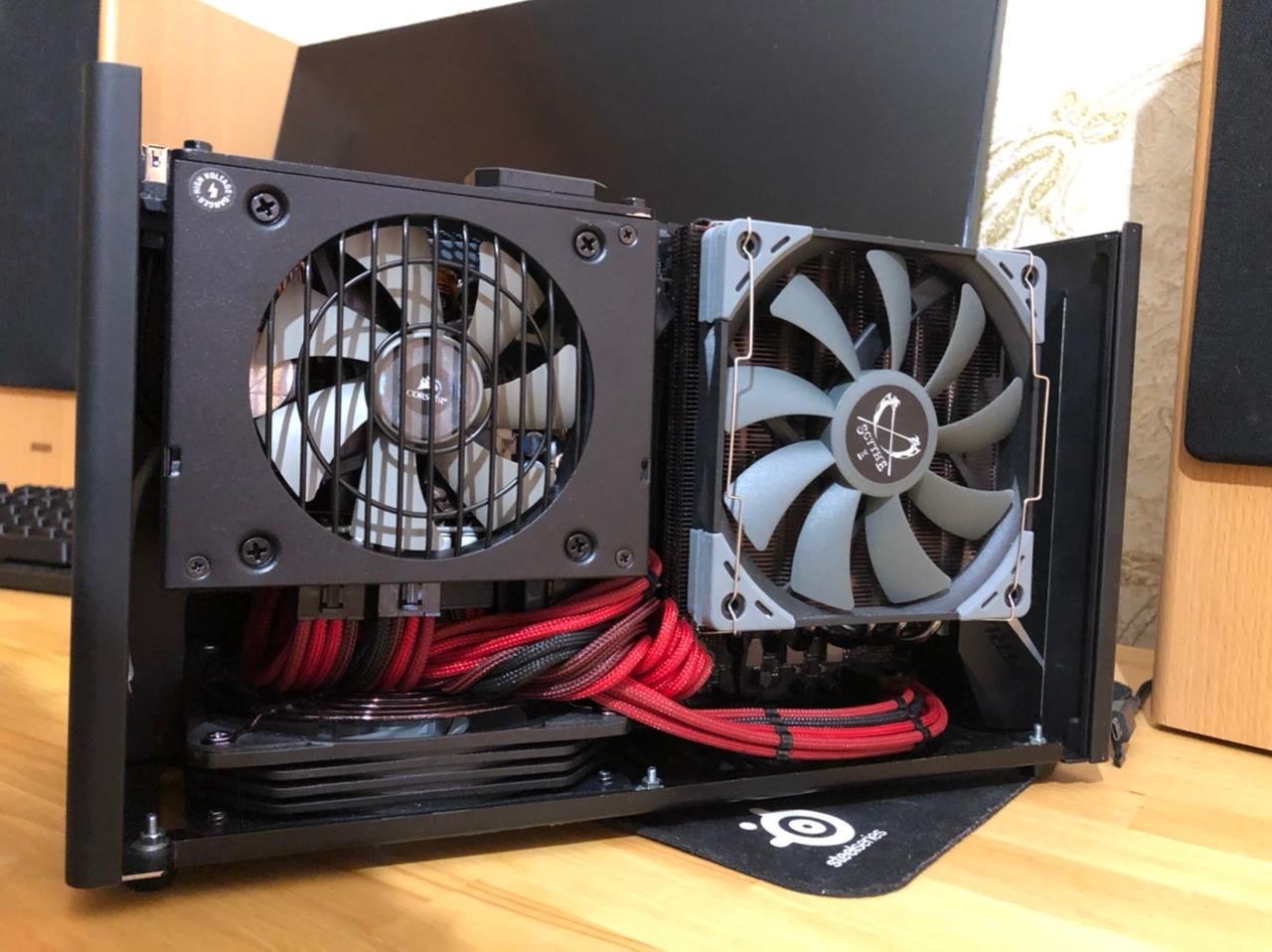
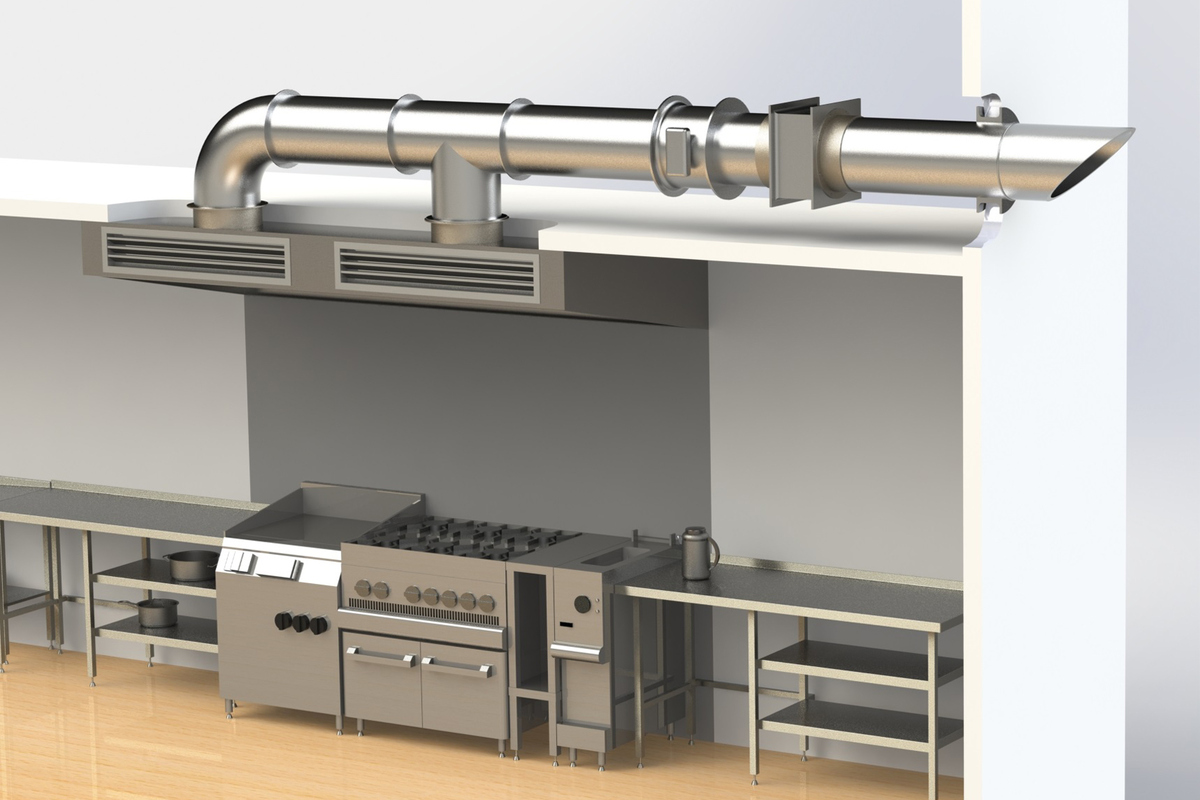
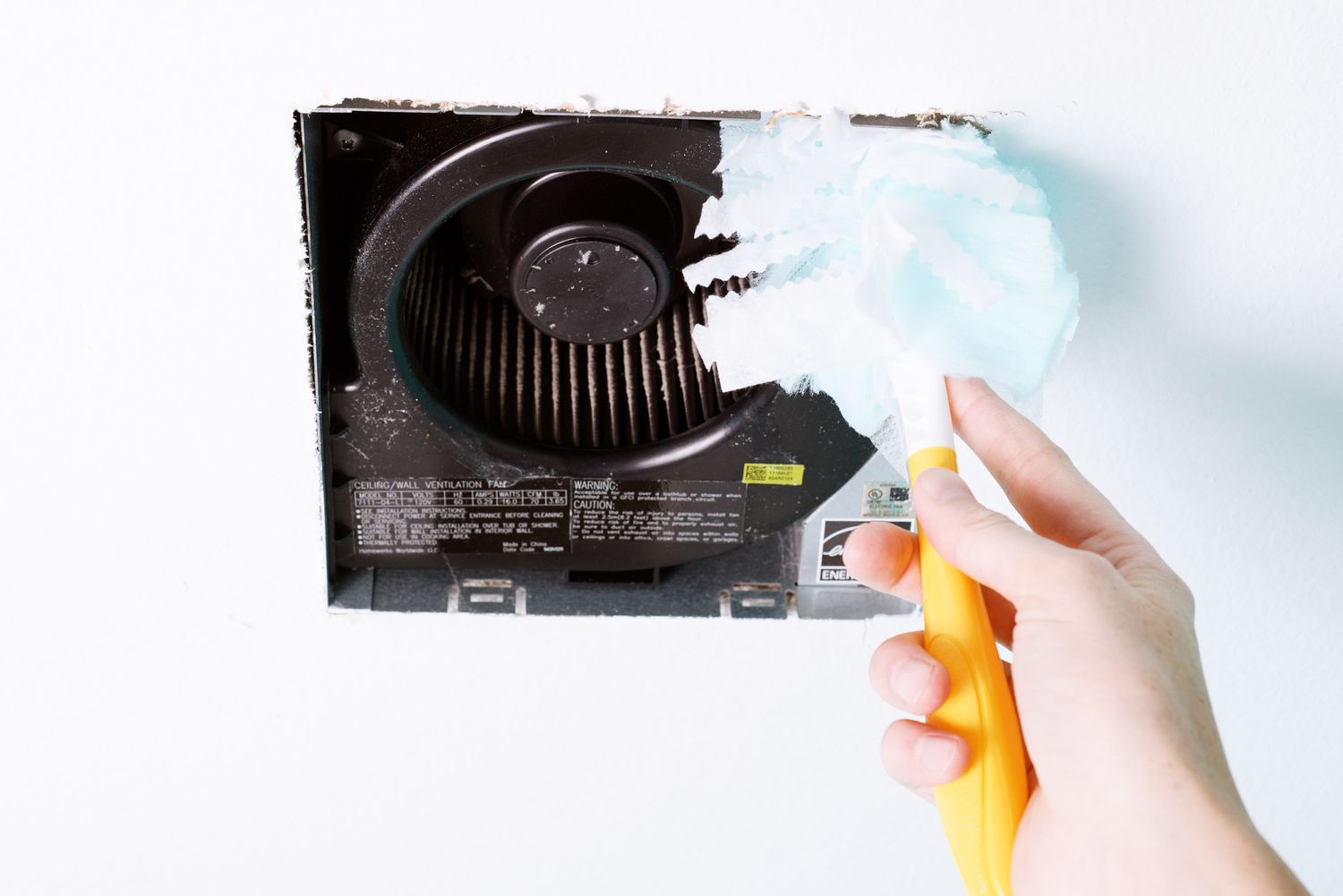
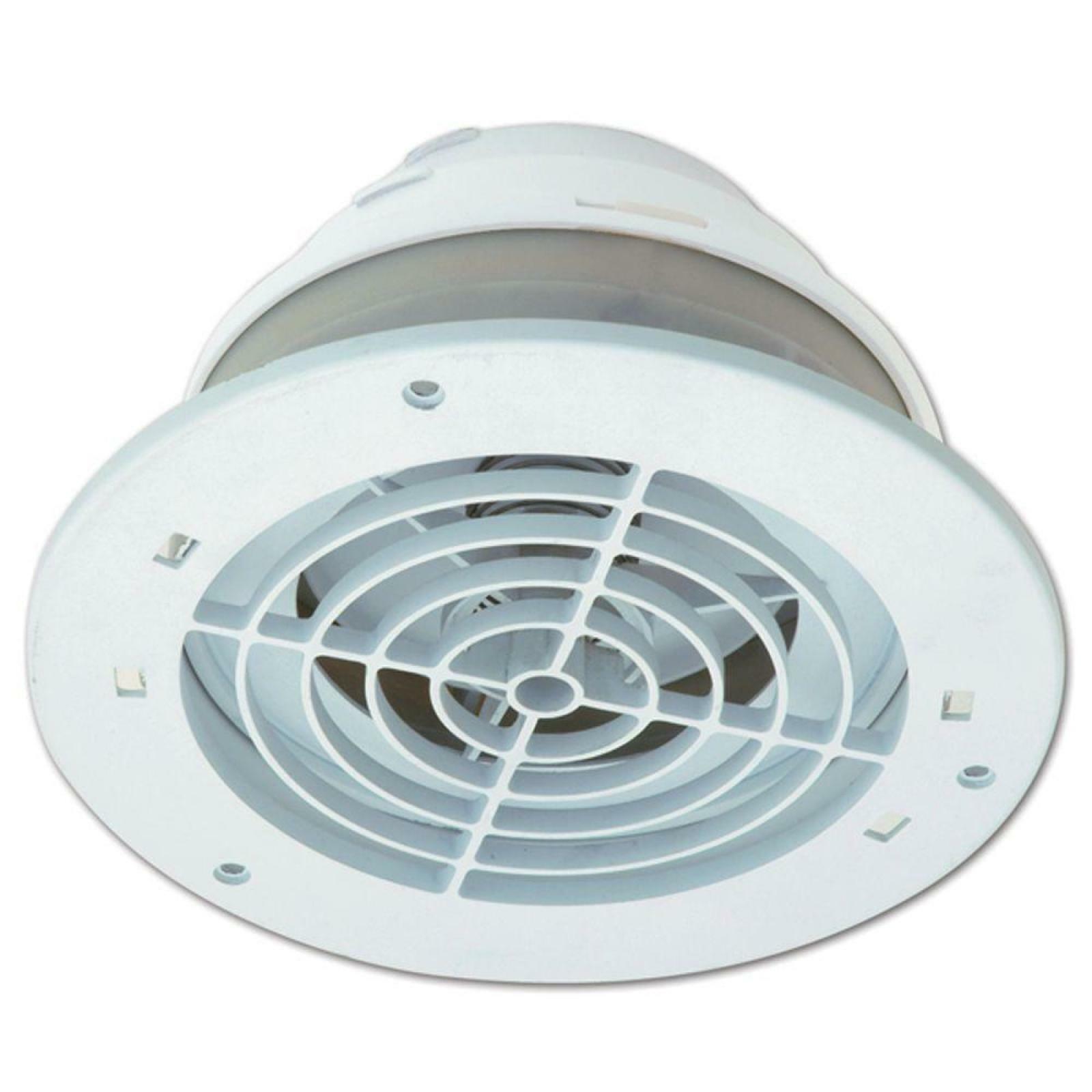
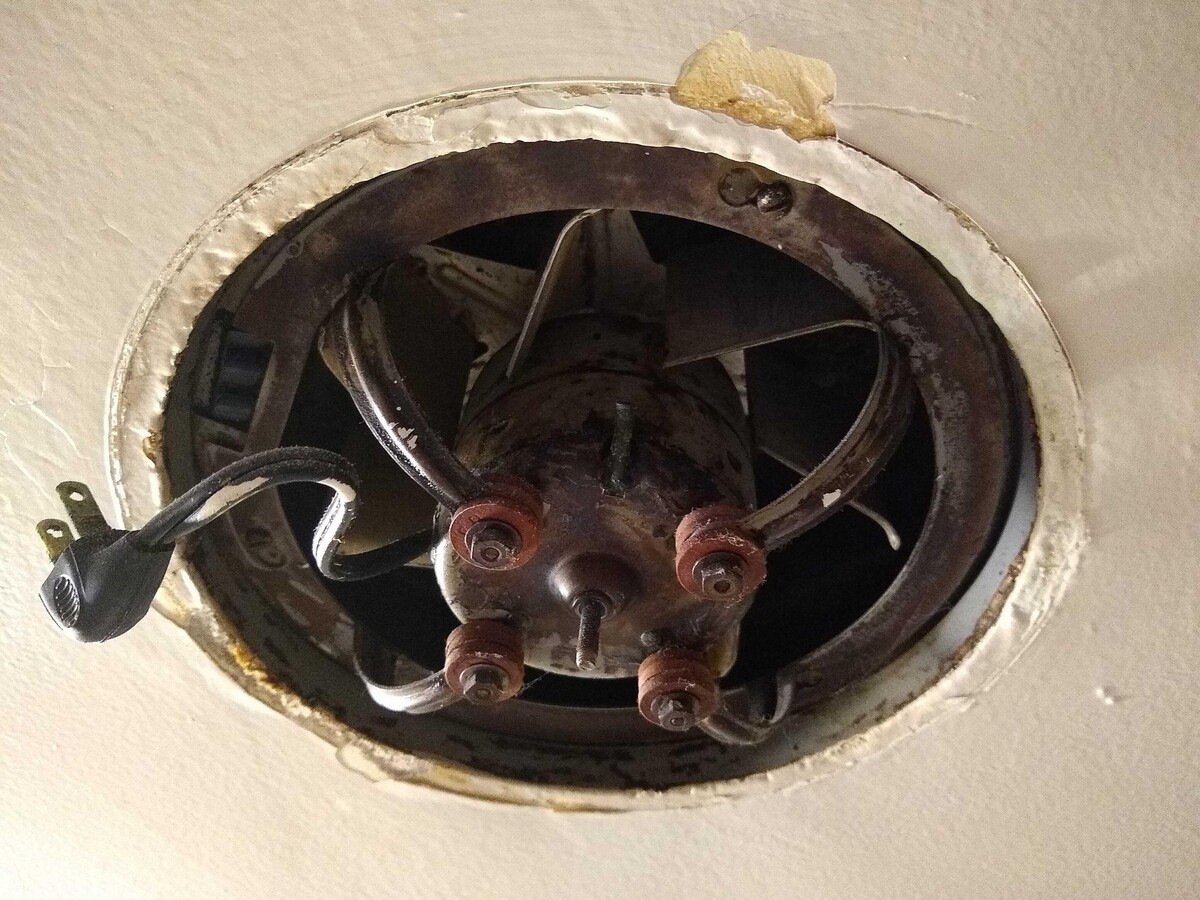
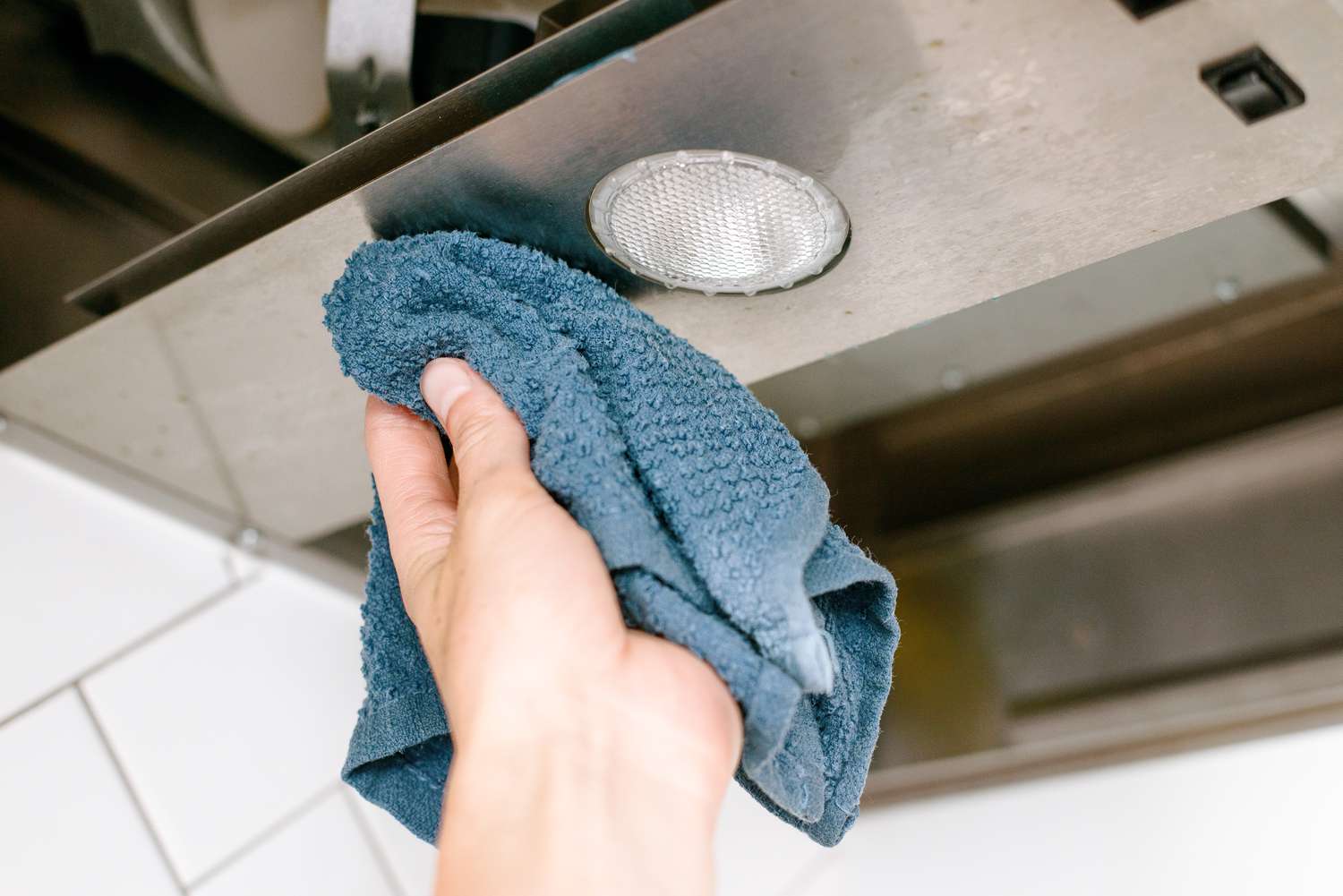
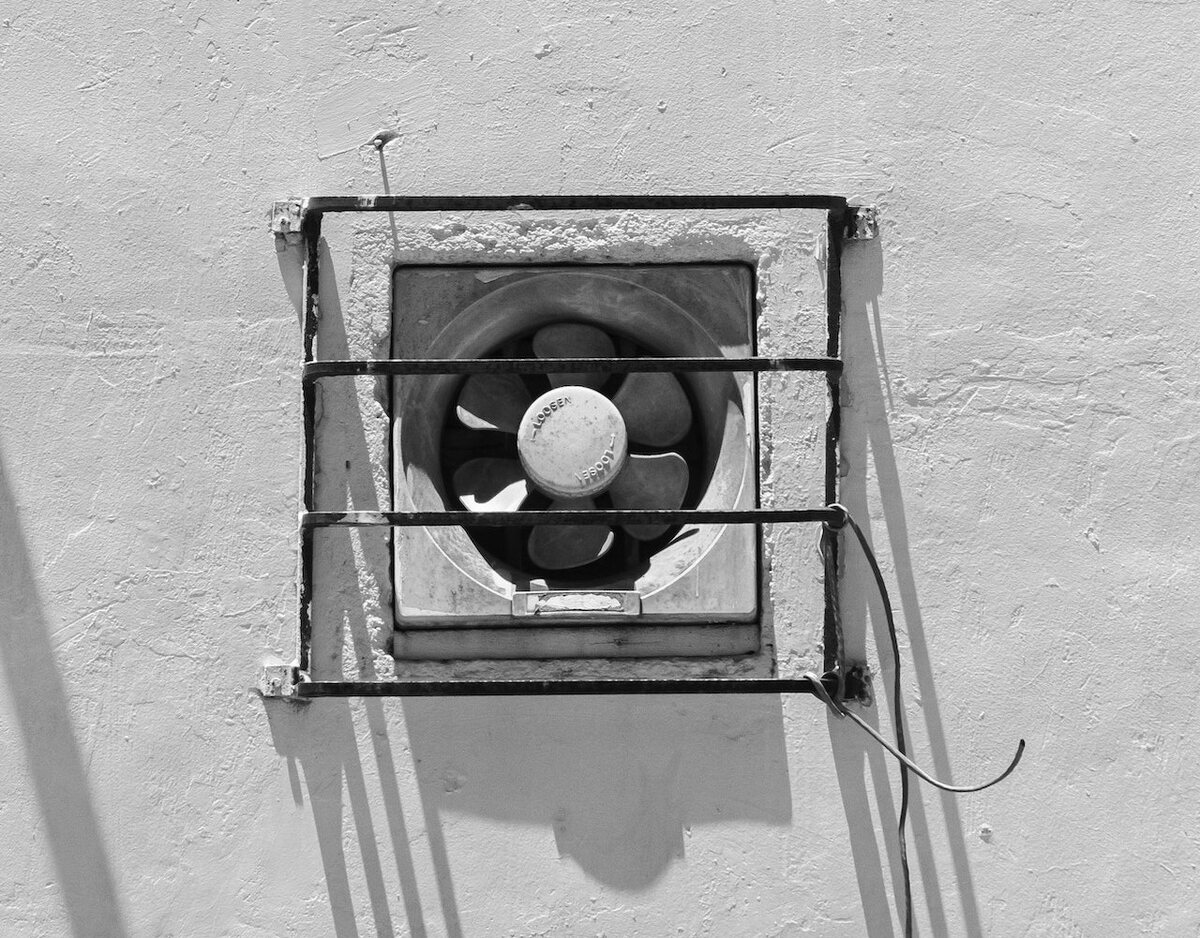
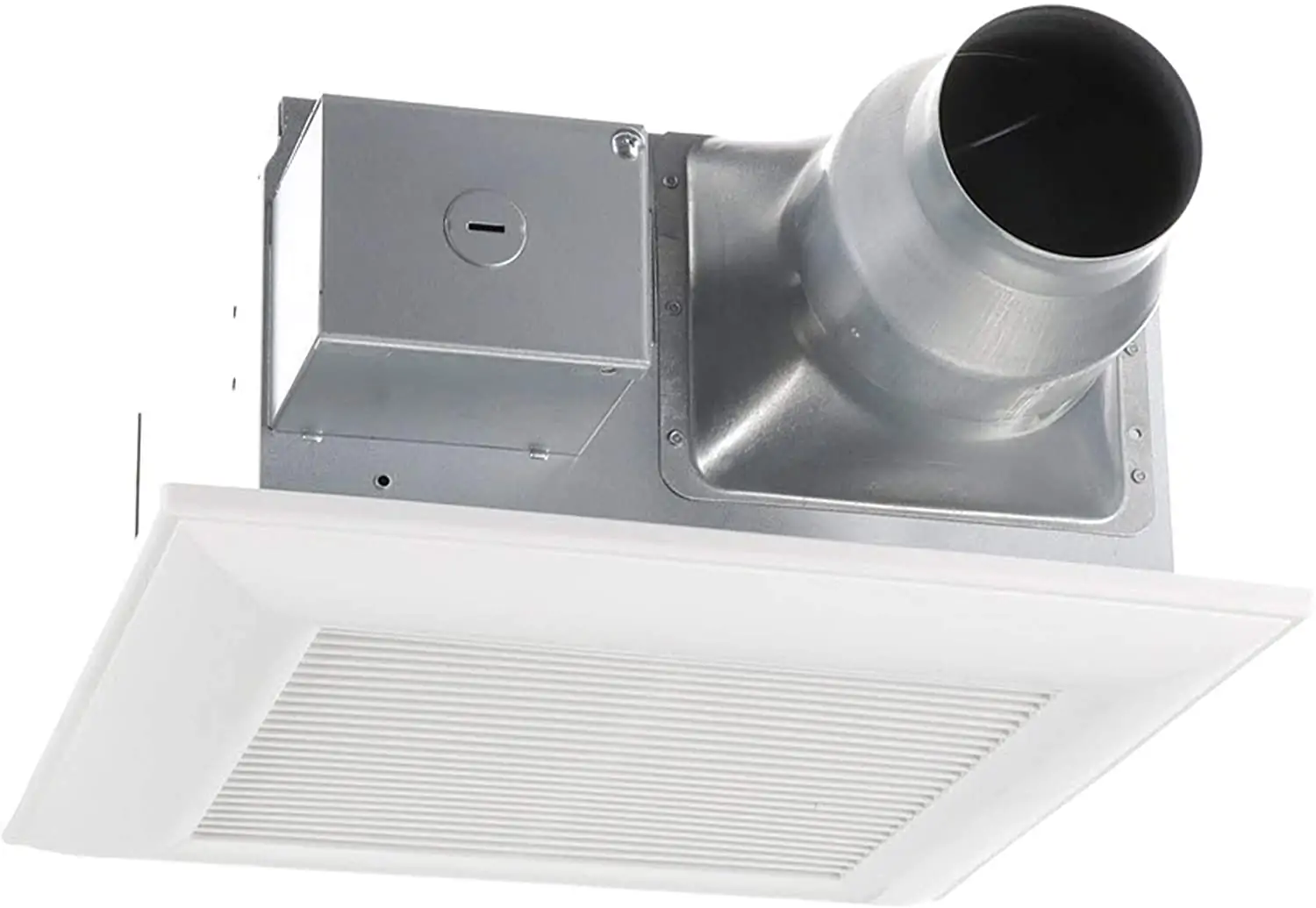

0 thoughts on “How To Set Up An Exhaust Fan In A Grow Tent”